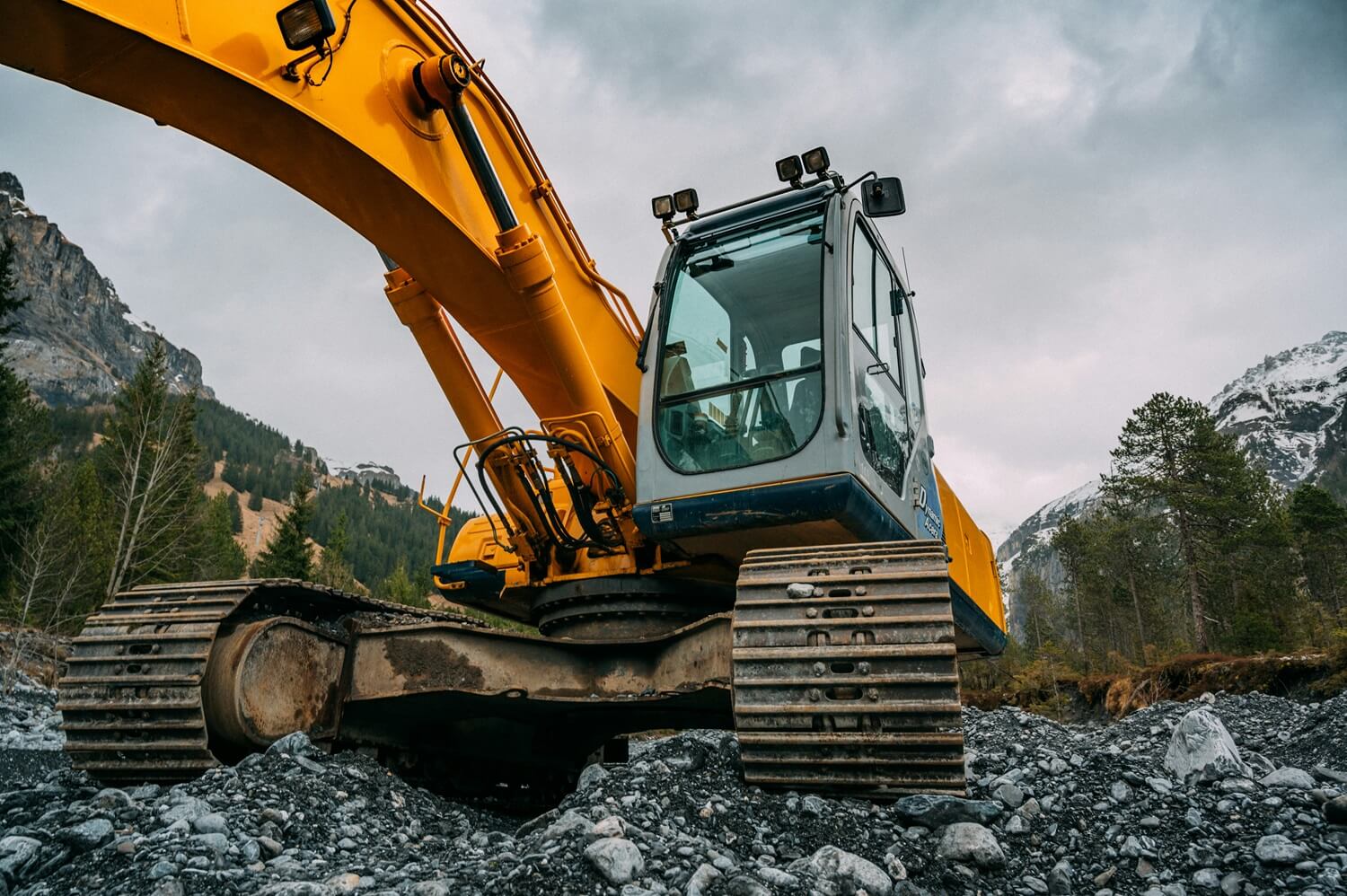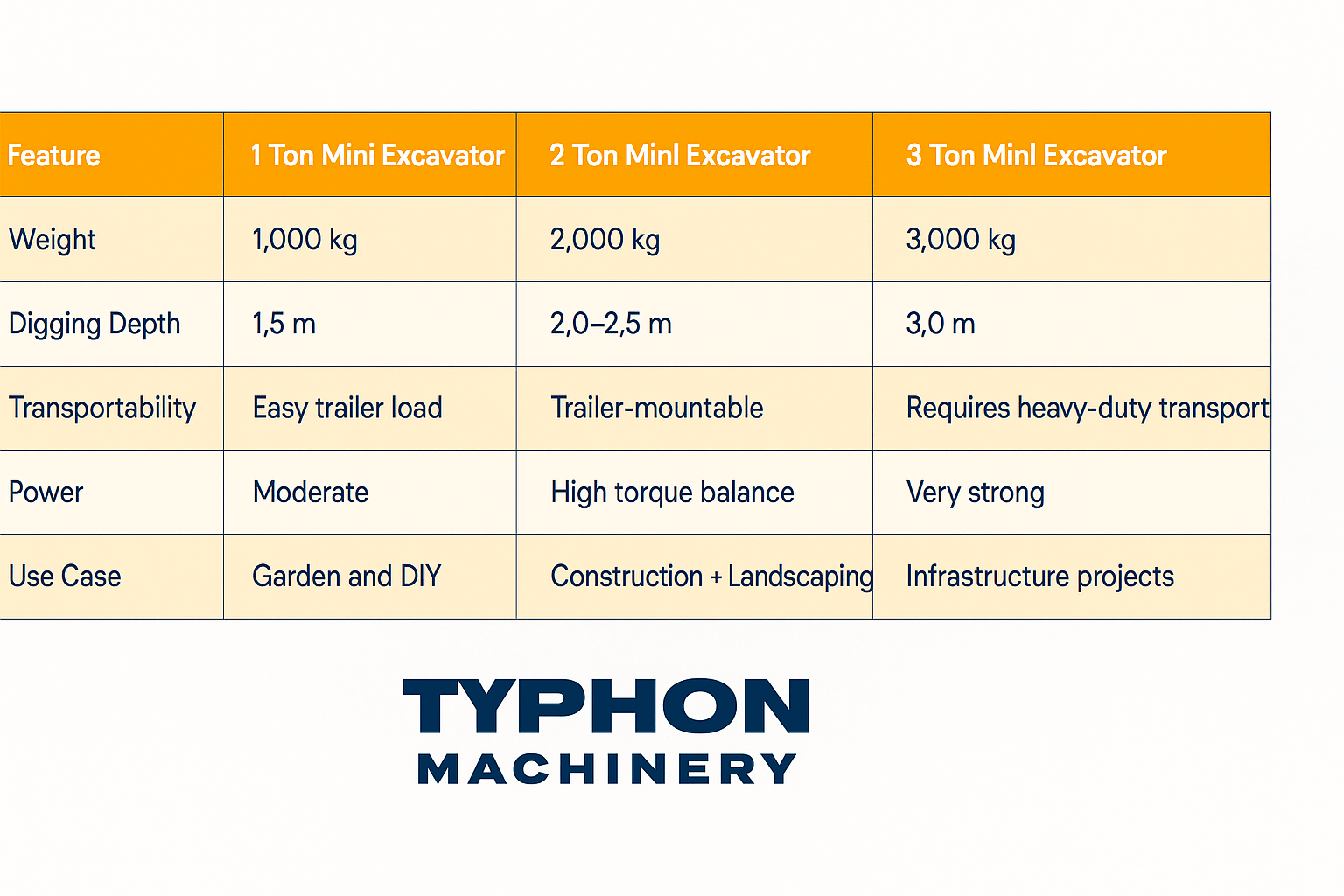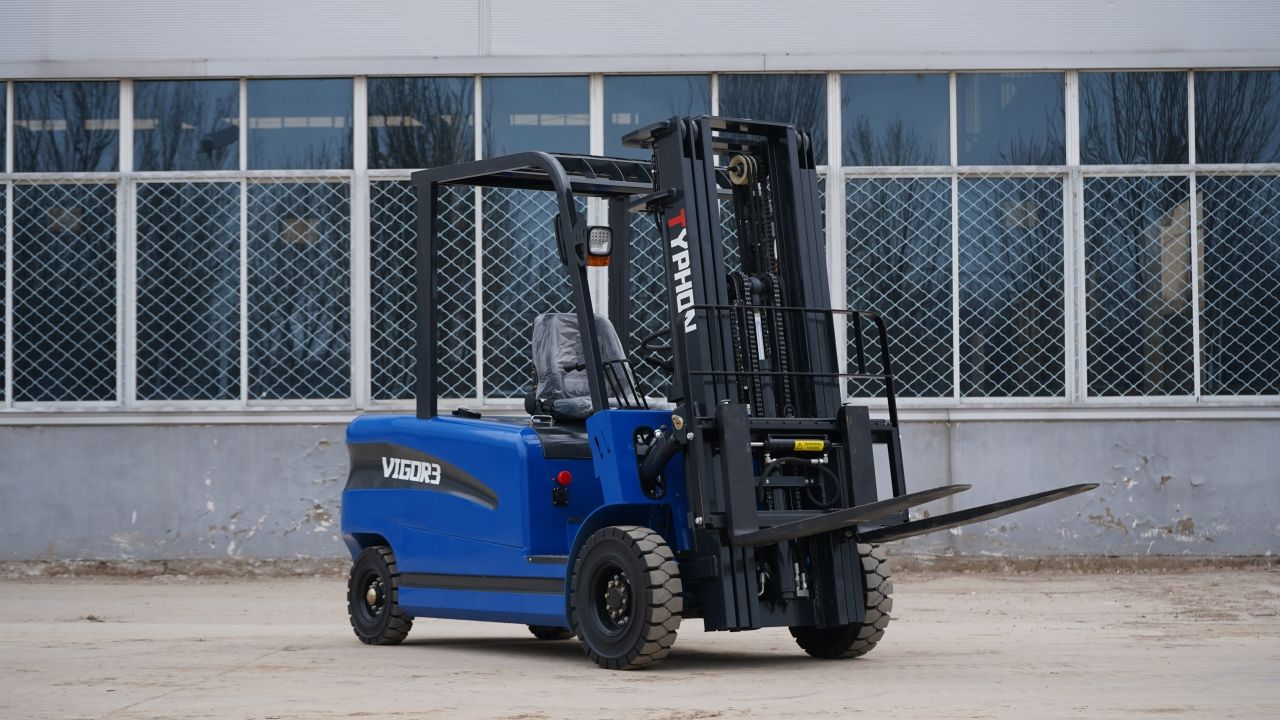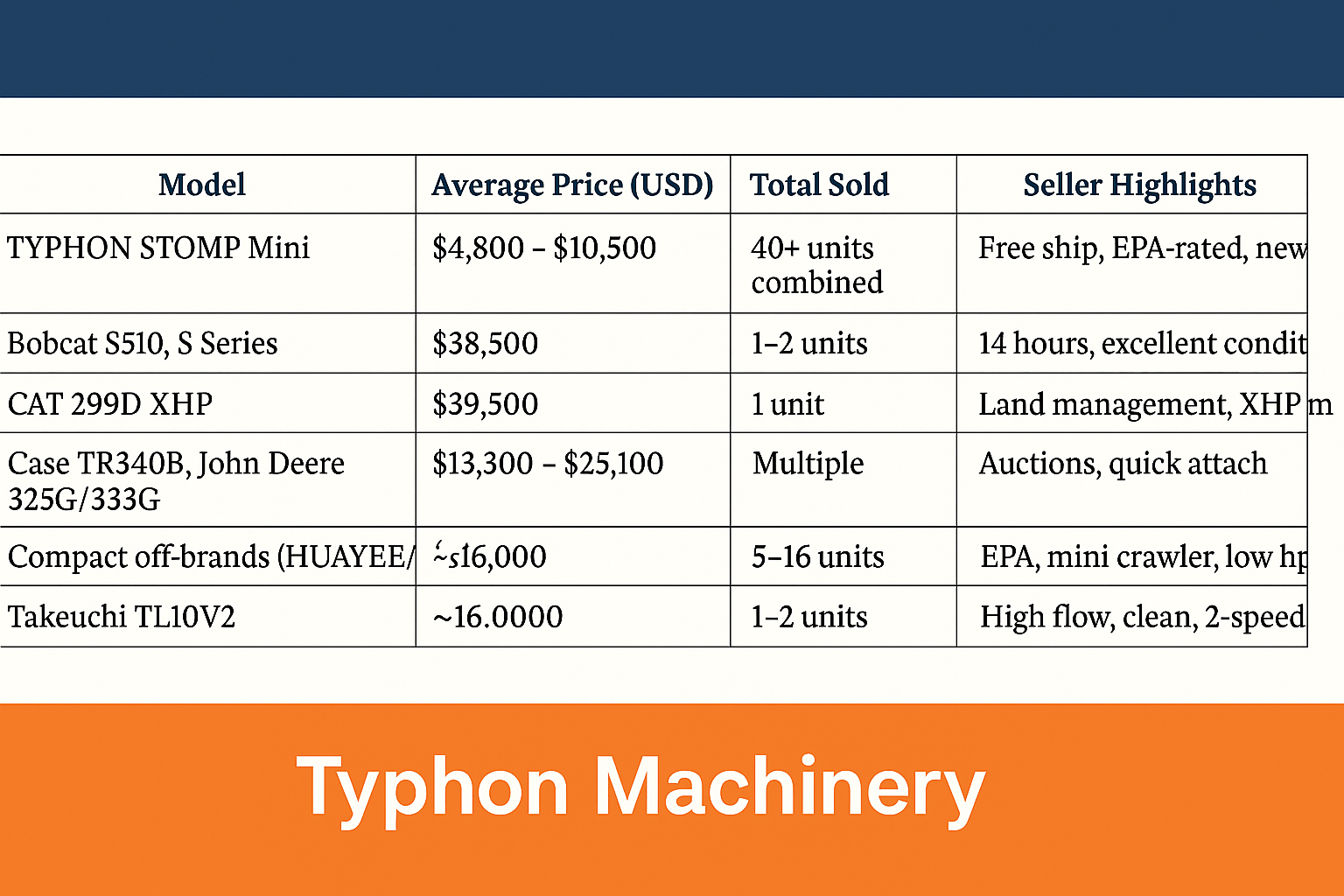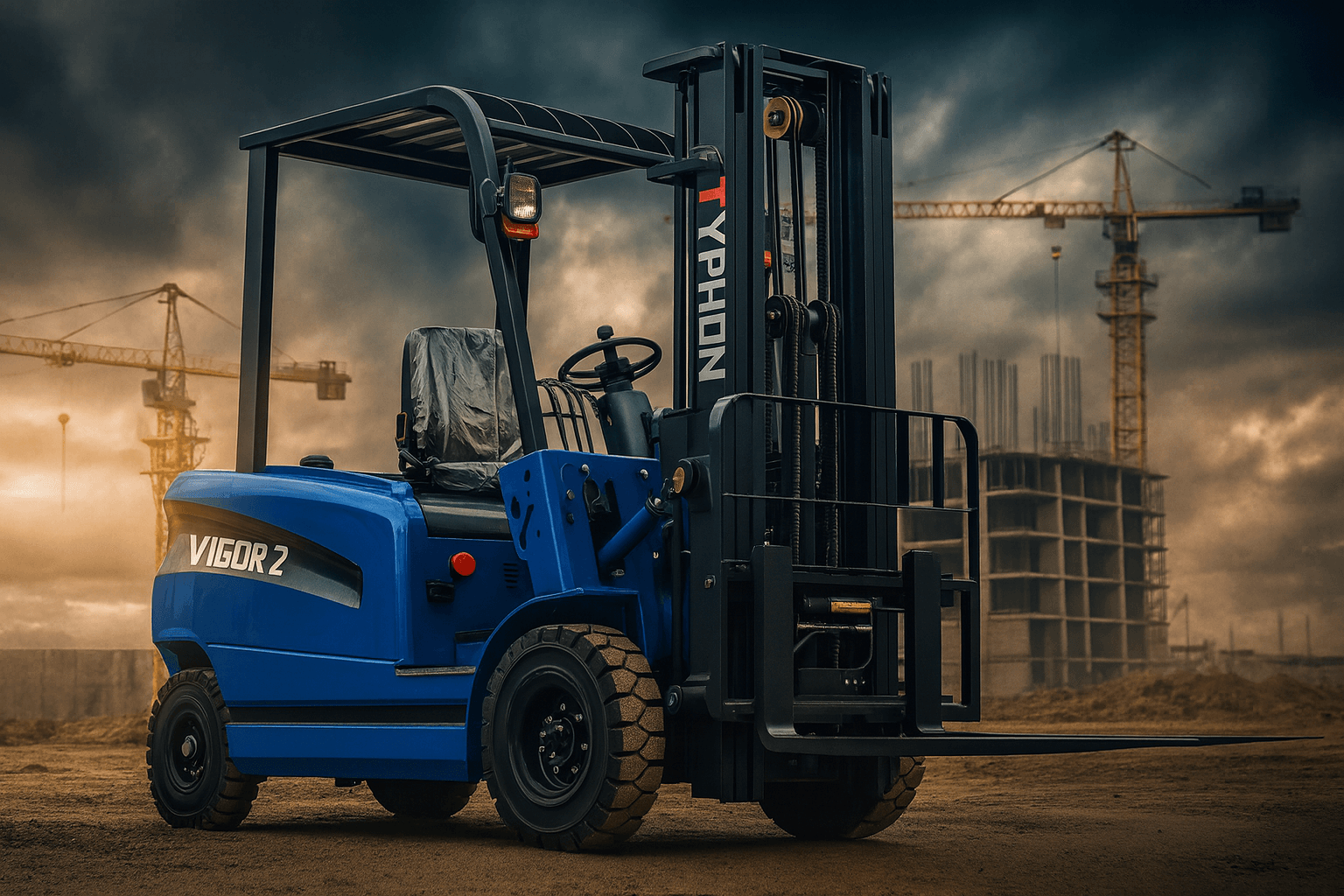Hydraulic excavators are powerful, versatile machines used for a variety of heavy-duty tasks in construction, excavation, and demolition. However, their immense power and capacity come with significant operational risks. Operators must adhere to strict safety guidelines to prevent accidents, damage to the machine, or injury to personnel. Below are essential prohibitions and operational precautions to ensure safe and effective use of hydraulic excavators in various environments.
1. Avoid Sliding Land and Falling Stones
Before operating the excavator, survey the worksite for unstable land and potential hazards such as sliding soil or falling stones. These can destabilize the machine, causing it to topple or become trapped. Always work on stable, solid ground to prevent accidents.
2. Avoid Striking Work Equipment
Hydraulic excavators are equipped with delicate and expensive components such as booms, arms, and buckets. Avoid striking work equipment against any solid objects, as this can lead to significant damage or wear, affecting performance and longevity.
3. Prevent Bucket Collisions
Ensure the excavator bucket does not collide with other vehicles, equipment, or personnel on-site. One crucial safety measure is to avoid moving a loaded bucket over the cab of a vehicle or any individuals. Accidental spills or mechanical failures can cause severe injury or damage.
4. Prevent Excavator Sinking in Soft Ground or Wetlands
Soft ground or wetland areas pose a risk of the excavator sinking or becoming stuck. Always evaluate ground conditions before operating and avoid unstable areas unless proper ground reinforcement is in place.
5. Avoid Large Obstacles While Traveling
When moving the excavator, avoid driving over large obstacles such as boulders, stumps, or other debris. Large obstacles can damage the machine’s tracks, undercarriage, or lead to loss of control.
6. Do Not Exceed Allowable Water Depth
Operating in water deeper than the excavator’s allowable limit can cause flooding of components, damaging the engine or hydraulic system. Always be mindful of water depth when operating near rivers, lakes, or flood-prone areas.
7. Handle Large Stones Carefully
Large stones and boulders can shift unexpectedly, especially when being loaded or unloaded. Operate the excavator carefully to avoid sudden movements that could destabilize the machine or cause the stones to roll uncontrollably.
8. Park on Solid Ground in Cold Weather
On cold days, ensure that the excavator is parked on solid ground to prevent the tracks from freezing onto the surface. Clear any debris from the tracks and frame to avoid complications during re-start. If the tracks freeze, use the boom to gently lift the machine and carefully break the ice, ensuring that no damage occurs to the tracks or sprockets.
9. Align the Traveling Direction with Handle Movements
Before moving the machine, double-check that the traveling direction matches the orientation of the control handles. When the travel motor is positioned at the rear, push the travel handle forward to drive the machine forward. Misalignment can lead to control issues and potential accidents.
10. Rest During Long-Distance Travel
To protect the traveling motor from overheating or excess wear, take a 5-minute break after every 20 minutes of continuous movement over long distances. This precaution helps maintain machine integrity and reduces the risk of damage.
11. Avoid Steep Slopes
Hydraulic excavators are prone to tipping over when operating on slopes greater than 15 degrees. Avoid steep inclines, and if necessary, proceed with extreme caution to prevent overturning.
12. Be Aware of Blind Spots During Reversing or Slewing
When reversing or slewing (rotating the cab), always be aware of blind spots. Use mirrors, cameras, or spotters to ensure no personnel or equipment is in harm’s way, reducing the risk of collisions.
13. Do Not Over-Dig Underneath the Machine
Excavating soil directly underneath the machine can lead to instability and collapse. Always leave sufficient ground beneath the machine to support its weight and maintain balance.
14. Avoid Fast Movement on High Dams or Slopes
Operating the excavator at high speeds on elevated terrain, such as dams or slopes, is dangerous. This increases the chances of the machine sliding or toppling, which could result in severe accidents.
15. Exercise Caution Near Underground Facilities
Before excavating, confirm the location of any underground utilities, such as cables or gas pipelines. Severing underground utilities can cause explosions, fires, or serious injuries. Contact the relevant authorities to ensure all underground facilities are marked before beginning work.
16. Watch for Overhead Structures
When operating near overhead structures such as bridges, gantries, or power lines, take special care to avoid collisions. The boom or arm can easily strike these elevated objects, causing damage to the structure, the machine, and potential injuries.
17. Maintain Safe Distance from Power Lines
Working near power lines requires extreme caution. Keep the machine, including its load, at least 3 meters away from power lines. Always verify local regulations regarding safe working distances from power lines, as they may vary depending on the area.
Final Thoughts
Hydraulic excavators are indispensable tools for large-scale construction and excavation projects. By following these operational precautions and adhering to safety guidelines, you can minimize the risk of accidents, protect both workers and equipment, and ensure smooth, efficient project execution. Regular operator training, proper equipment maintenance, and site inspections are critical in maintaining a safe working environment when using hydraulic excavators. Always abide by local safety regulations and operational standards to optimize performance and safety.

